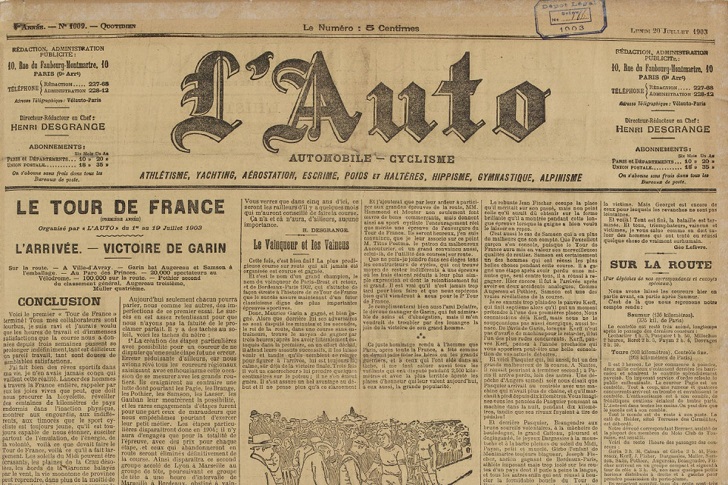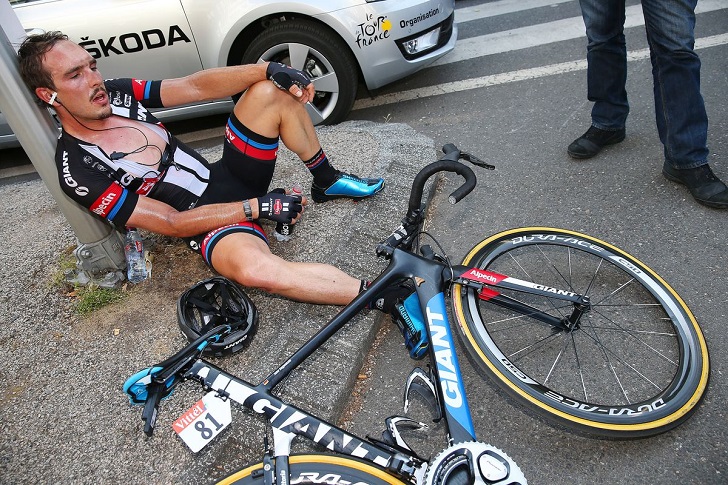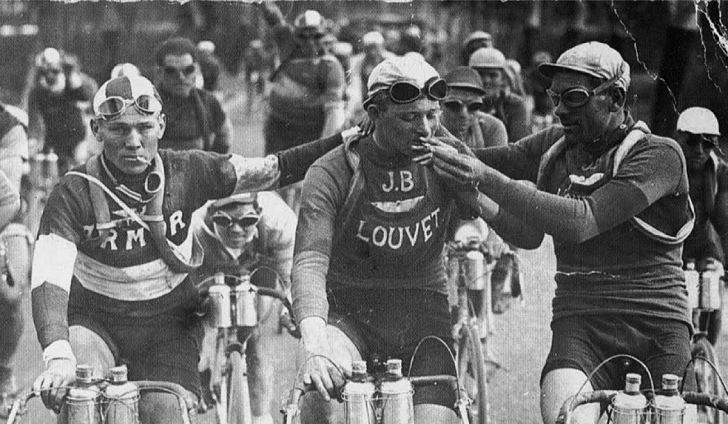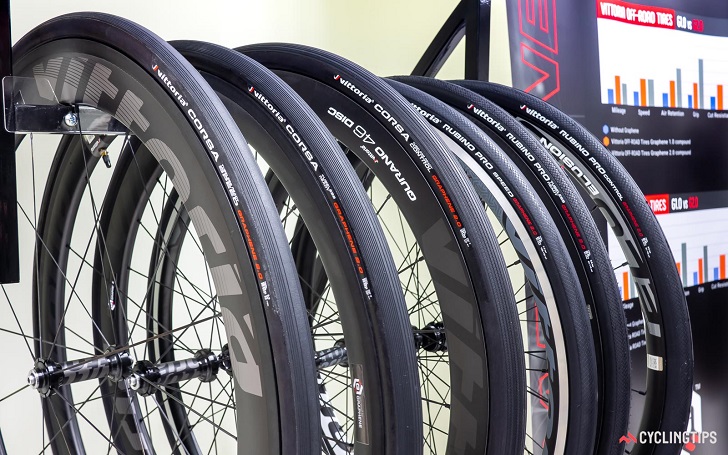The Tour de France is the most popular and toughest cycle race in the world. Only the best of the best manage to get a spot on the Tour. Essentially, even the cyclist who comes stone last at the end of the Tour is one of the best riders in the world.
The
Tour de France takes place over 23 days over a distance of more than 2,000 miles in 21 stages. The route changes each year, but always finishes in Paris with a sprint along the magnificent Champs-Élysées avenue. Despite being called the
Tour de France, the race often makes its way into neighbouring countries such as Belgium and Italy. The 2019 edition of the tour will start in Brussels, Belgium.
If you’ve ever wondered how many calories the riders burn during the race, how many tires they go through, or how many litres of sweat they lose, then check out these fun facts about the toughest cycling race on the planet.

The Tour de France was created to boost newspaper sales
 Image source: podiumcafe.org
Image source: podiumcafe.org
In November 1902, a journalist from the newspaper
L’Auto came up with the idea to boost newspaper sales by creating a cycling event. The paper would be advertised in the form of a yellow jersey (more on this later) over a course of six stages and 18 days. So, what started out as a marketing gimmick has now grown into the most popular cycle race on the planet.
The Jerseys
 Image source: sbnation.com
Image source: sbnation.com
There are four jerseys awarded throughout the 23-day tour. While most fans and spectators know the meaning behind the yellow jersey, understanding the reasons for the other three can add to the thrill of watching the event.
The Yellow Jersey – the Yellow Jersey is awarded to the overall leader of the General Classification on the Tour and is awarded based on the lowest average time across all stages throughout the race. For that reason, the yellow jersey won’t necessarily go to the given day’s stage winner.
The Green Jersey – the Green Jersey is awarded to the leader of the Points Classification. It is also known as the “sprint jersey” and is awarded to the rider who earns the most points at various sprint sections throughout the race.
The Polka Dot Jersey – is awarded to the King of the Mountains. Points in this contest are awarded to the first riders who reach the summit of designated climbs on each stage.
The White Jersey – this is the
Yellow Jersey but for young riders. The White Jersey goes General Classification leader who is under the age of 26.
The Tour will make you sweat
 Image source: sbnation.com
Image source: sbnation.com
Throughout the Tour, the riders lose roughly 1.5 litres of sweat per hour which is about 130 litres in total for the entire race. To put it in perspective, the amount of sweat the riders lose is enough to flush a toilet more than 20 times.
The gruelling nature of the race means that the riders burn 7,000 calories per day on average. In order to stay competitive, they have to refuel their bodies and replace what they’ve lost, which means they have to eat and drink. A lot. The recommended calorie intake for a rider is between 4,000 and 9,000 kilo calories per day, and the riders can drink up to 10 litres of water in addition to other carbohydrate drinks.
The Tour wasn’t always so healthy
 Image source: hvmn.com
Image source: hvmn.com
The Tour de France has always been steeped in doping controversies, none more famous than Lance Armstrong – the seven time winner who was stripped of all of his titles after being caught for, and admitting to, using performance enhancing drugs.
This is nothing new, though. Up until the 1960s, riders would consume alcohol during the race. The use of alcohol was banned in the 60s because it was used as a stimulant by the riders to numb the pain throughout the race.
In the 1920s, riders genuinely believed that smoking cigarettes would help open their lungs and allow them to perform better. As a result, teammates would often share cigarettes while racing.
Burning rubber
 Image source: cyclingtips.com
Image source: cyclingtips.com
The Tour de France not only takes its toll on the riders, but it is also gruelling on the bikes. While they might not be able to swop out their bodies for new ones, the riders can swop their bikes and most importantly, their tyres.
On average, almost 800 tyres are worn out by the riders throughout the 21 days. Because of the narrow width, the heat of the road and the immense strain put on them, the tyres disintegrate quickly. If a rider hangs on to one set of tyres for too long, he runs the risk of losing grip and falling, or getting a puncture, which will cost a serious amount of time to repair.
Bet on cycling with Betway
From the Tour de France to the Giro d’Italia and everything in between, when you
bet on cycling with Betway, you get the most competitive odds on all the most popular races taking place around the world.

You might not be a part of the main peloton on the
Tour de France, but that doesn’t mean that you can’t still get in on the action and experience the thrill. The 2019 edition of the Tour de France gets underway this month and you can bet on every stage with Betway.
If cycling isn't really your speed, you can
bet on 1,000s of exciting sports fixtures,
betgames and
Lucky Numbers. You can also pass time between stages in the
Betway Casino, or by betting on
Virtual Sports.
For all the latest sports news, betting tips and promotions follow
Betway on
Facebook, Twitter,
Instagram and
YouTube.
Download the Betway App.